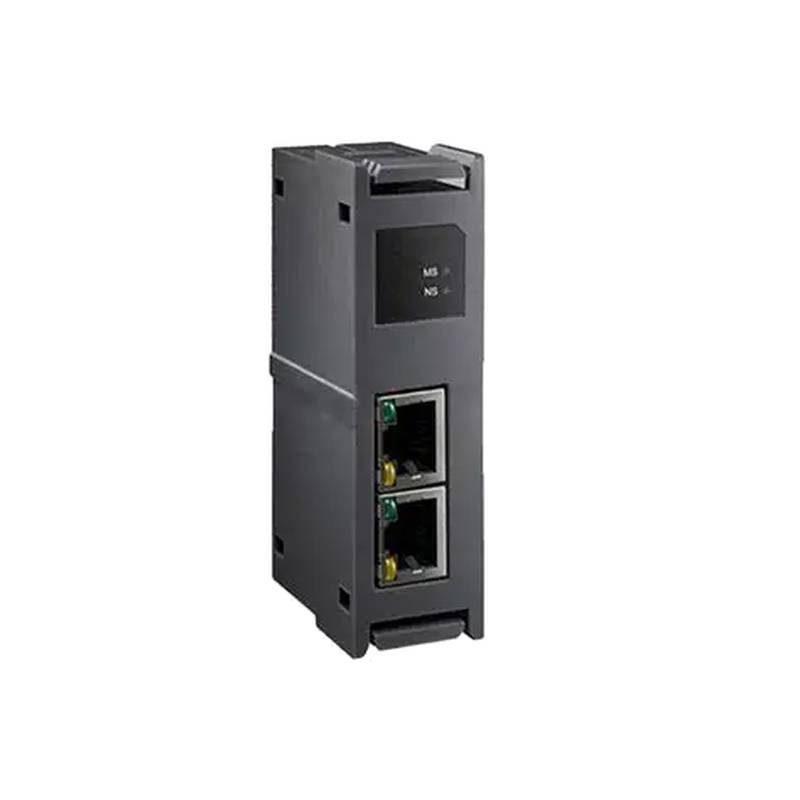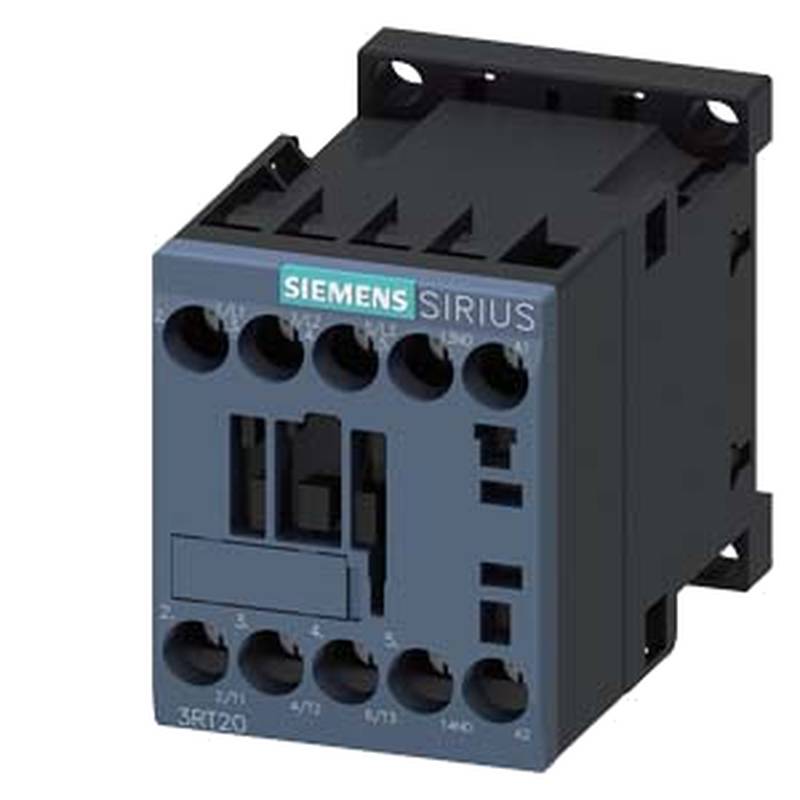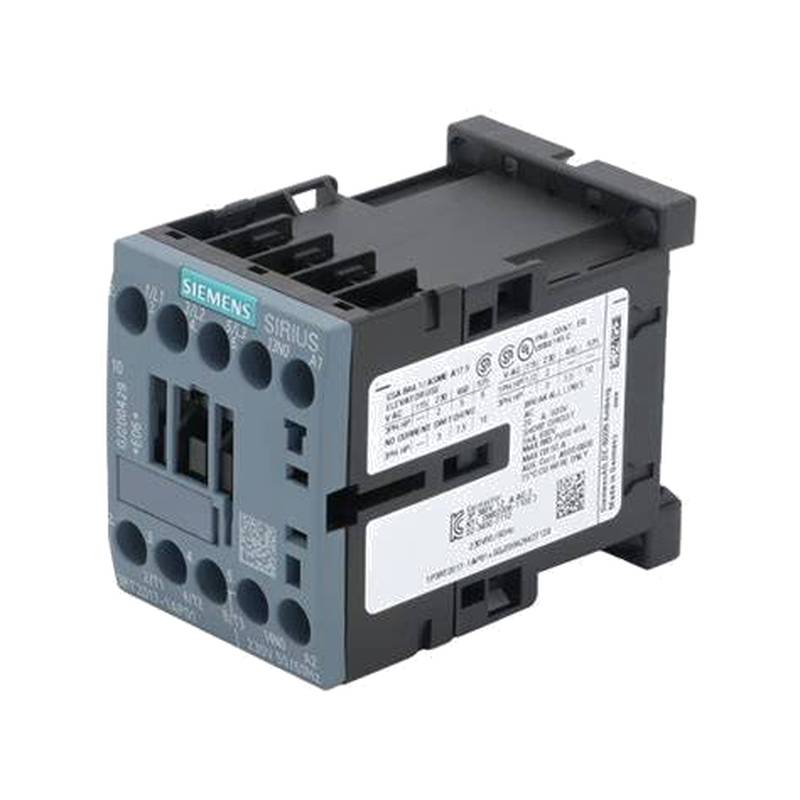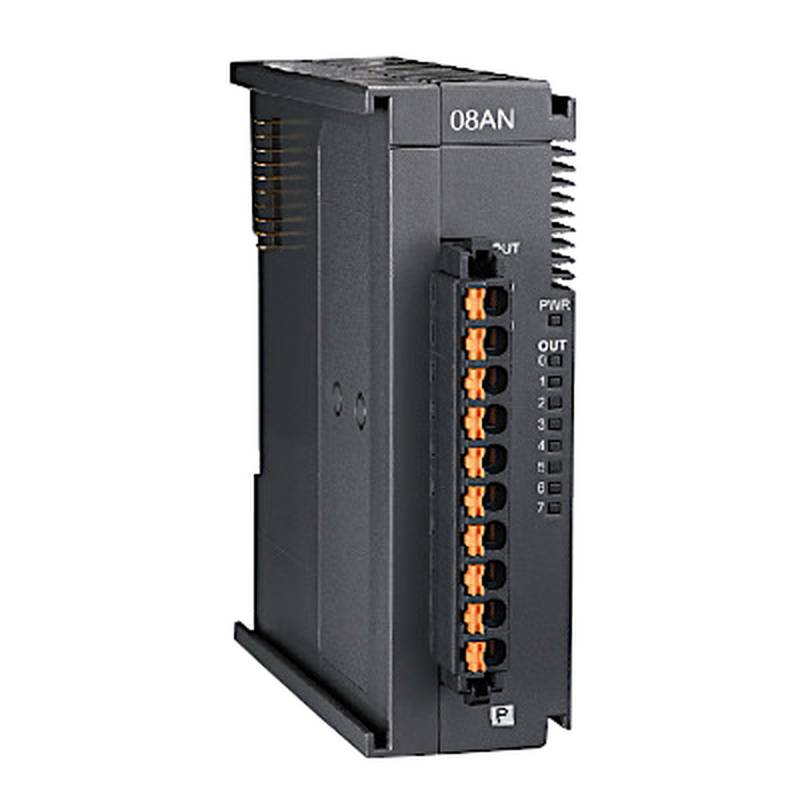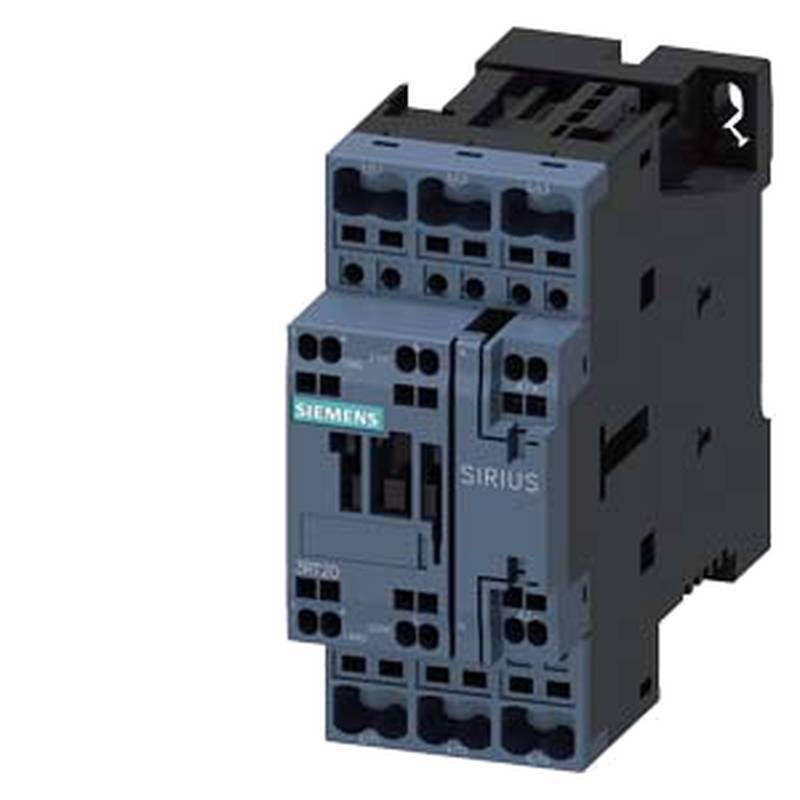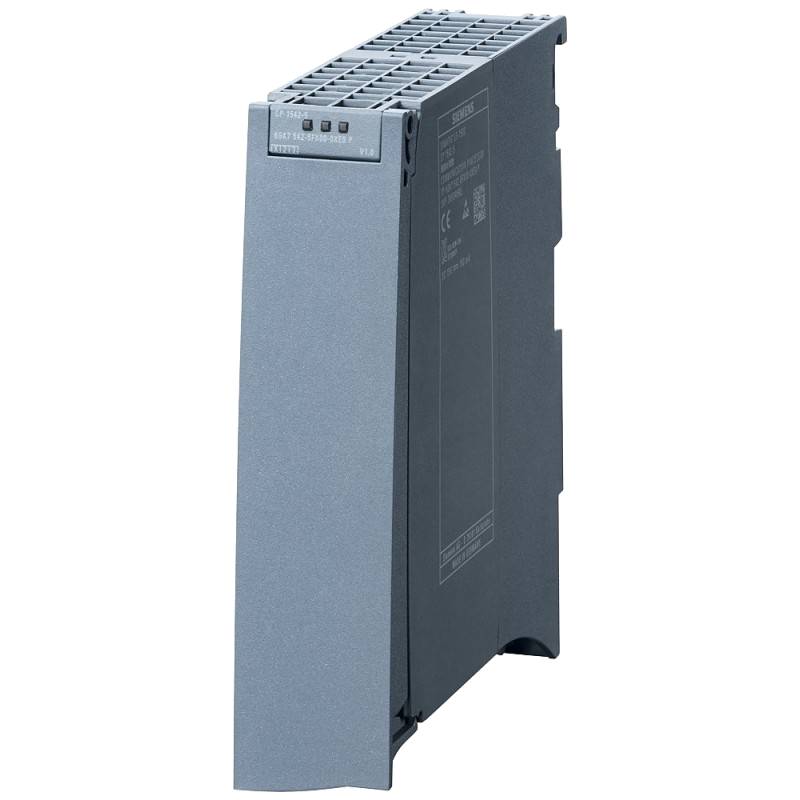
Delta AS-FECAT EtherCAT Real-time Ethernet Slave Module: Advanced Connectivity for Industrial Automation
The Delta AS-FECAT EtherCAT Real-time Ethernet Slave Module represents a significant advancement in high-performance industrial communication. Designed to seamlessly integrate into modern automation systems, this module offers robust, deterministic communication essential for applications demanding precise synchronization and rapid data exchange. Key advantages include its high-speed EtherCAT protocol support, enabling cycle times as low as 1ms, and its ability to control up to 16 slave stations, facilitating complex machine configurations. The AS-FECAT is engineered for reliability and ease of integration, making it a cornerstone for sophisticated industrial control solutions.
Product Specifications
| Feature | Specification |
| :-------------------------- | :--------------------------------------------------------------------------------------------------------------------------------------------------- |
| Protocol | EtherCAT |
| Communication Speed | Up to 100 Mbps |
| Cycle Time | As low as 1ms (with AS Series Motion CPU) |
| Max. Slave Stations | 16 (controlled by AS Series Motion CPU) |
| Supported Drives/Devices | Delta AS2, AS3 drives, C2000+/C2000/CH2000 VFDs, other EtherCAT-compliant devices |
| Configuration Software | ISPSOFT |
| Mounting | DIN rail mountable, slice-oriented |
| Power Requirements | Typically 24VDC (dependent on system configuration) |
| Operating Temperature | 0°C to 50°C (32°F to 122°F) |
| Storage Temperature | -20°C to 70°C (-4°F to 158°F) |
| Protection Degree | IP20 |
| Synchronization | Distributed Clocks support for high-precision time synchronization |
| Compliance | Conformance Tested to ETG standards (EtherCAT Technology Group) |
Core Features & Market Positioning
The Delta AS-FECAT distinguishes itself through its adherence to the EtherCAT protocol, a global standard for high-performance, real-time industrial Ethernet communication. This positioning makes it highly competitive in markets requiring deterministic control for multi-axis motion, high-speed data acquisition, and synchronized operations. Unlike traditional fieldbuses, EtherCAT offers superior bandwidth and minimal latency, enabling significantly faster machine cycle times and more precise control. The AS-FECAT is designed to act as a slave module, efficiently interfacing with EtherCAT master controllers, such as Delta's AS Series Motion CPUs, to extend the network's reach and control capabilities. Its software-configurable nature via ISPSOFT simplifies setup and adaptation to diverse system architectures.
Key Application Scenarios
The robust performance and real-time capabilities of the Delta AS-FECAT make it ideally suited for a wide array of demanding industrial applications. It is a critical component in automated manufacturing lines where precise coordination of multiple robotic arms, servo drives, and actuators is paramount. Sectors such as packaging machinery, printing, labeling, and textile manufacturing benefit from the module's ability to synchronize operations with microsecond precision. Furthermore, its integration with Delta's servo and VFD systems allows for sophisticated motion control solutions in applications like CNC machining, automated warehousing, and complex assembly processes. The module's compatibility with various Delta drive types, including AS2 and AS3 series servos and C2000+ series VFDs, underscores its versatility across Delta's automation ecosystem.
Practical System Integration Guidance
Integrating the Delta AS-FECAT into an industrial control system involves straightforward configuration using Delta's ISPSOFT software. The module is typically installed as an option card within Delta's AS Series PLC or other compatible controllers. Network connection follows the standard EtherCAT daisy-chain topology, where the AS-FECAT acts as a slave, receiving commands from an EtherCAT master and transmitting status data back. Wiring involves connecting the EtherCAT In/Out ports between devices, ensuring correct cable termination and adherence to network length limitations. Configuration within ISPSOFT includes defining the module's station number, selecting the appropriate device profile, and mapping process data objects (PDOs) for communication with connected drives and I/O modules. Careful attention to the PDO configuration is crucial for the successful transition of slave devices to operational states.
Operation and Risk Mitigation
Safe and efficient operation of the Delta AS-FECAT hinges on adherence to standard industrial automation safety practices and proper configuration. It is essential to ensure that all connected devices are powered and correctly wired before initiating the EtherCAT network scan. During operation, monitoring network diagnostics through the master controller's software is recommended to identify potential issues early. Common troubleshooting steps involve restarting the EtherCAT network, cycling power to slave devices, and verifying network cabling using diagnostic tools like the Lines Crossed Analyzer. Incorrect PDO configuration can prevent slave devices from entering the operational state, necessitating a review of the configuration within ISPSOFT. Environmental factors such as dust, humidity, and vibration should be mitigated by installing the module within an appropriately rated enclosure, especially as it is an open-type device.
Scalability & Long-Term Value
The Delta AS-FECAT EtherCAT Slave Module offers significant scalability and long-term value by leveraging the EtherCAT protocol's inherent capabilities. As an EtherCAT slave, it seamlessly integrates into larger networks managed by EtherCAT master controllers, which can support up to 64 axes and 100 slave stations. This architecture allows for the expansion of automation systems by simply adding more EtherCAT-compliant slave devices, including Delta's R1-EC series I/O modules or other EtherCAT-enabled peripherals. The module's compatibility with Delta's comprehensive range of PLCs, servo drives, and VFDs ensures that it remains a valuable asset even as automation strategies evolve. Furthermore, the potential integration with IIoT platforms through master controllers provides a pathway to advanced data analytics and predictive maintenance, enhancing the overall long-term value and return on investment.
Frequently Asked Questions (FAQs)
Q1: What is the primary function of the Delta AS-FECAT module?
The Delta AS-FECAT serves as an EtherCAT slave communication module. It enables Delta AS Series PLCs and other EtherCAT masters to communicate with various slave devices on an industrial network. Its core purpose is to extend the reach of the EtherCAT network.
This module acts as an intermediary, translating commands from the master controller into a format understood by connected slave devices like servo drives and VFDs. It facilitates high-speed, real-time data exchange essential for precise automation control.
The AS-FECAT's integration into an EtherCAT network allows for precise synchronization and coordinated control of multiple axes and devices, crucial for complex machinery.
Q2: What are the key advantages of using EtherCAT with the AS-FECAT module?
EtherCAT offers high-speed, deterministic communication with very low latency, ideal for motion control applications. This ensures precise synchronization between devices.
The protocol's efficiency allows for a high density of connected devices and fast cycle times, often down to 1ms. This maximizes machine performance and throughput.
Its open standard nature ensures broad compatibility with a wide range of industrial automation hardware and software from various manufacturers.
Q3: How is the Delta AS-FECAT configured and commissioned?
Configuration is primarily performed using Delta's ISPSOFT software. This tool allows engineers to set up the module's network parameters and define its role as an EtherCAT slave.
During commissioning, the AS-FECAT module is typically integrated into the EtherCAT master's project. This involves downloading the module's configuration and ensuring proper network topology.
Key configuration steps include defining the station alias, mapping process data objects (PDOs) for data exchange, and verifying communication status through diagnostic tools.
Q4: What types of Delta drives and devices are compatible with the AS-FECAT?
The AS-FECAT module is designed to communicate with various Delta servo drives and Variable Frequency Drives (VFDs). This includes popular series like the AS2 and AS3 servo drives.
It also supports Delta's C2000+ series VFDs, enabling seamless integration of motion and speed control within the EtherCAT network. Compatibility often extends to other EtherCAT-compliant devices from Delta.
Users should consult Delta's documentation or compatibility lists for the most up-to-date information on specific drive models and their integration capabilities with the AS-FECAT.
Q5: Can the AS-FECAT module be used with third-party EtherCAT devices?
Yes, the AS-FECAT, as an EtherCAT slave module, is designed to interoperate with any EtherCAT master controller and other EtherCAT slave devices. Its adherence to the EtherCAT standard ensures broad compatibility.
This allows system integrators to combine Delta's AS-FECAT with a wide range of EtherCAT-enabled products from different manufacturers. This flexibility is key for diverse automation system designs.
However, it's always recommended to verify device profiles and communication parameters to ensure optimal performance and data exchange between Delta's module and third-party components.
Q6: What are the typical application areas for the AS-FECAT module?
The AS-FECAT is well-suited for applications requiring high-speed, synchronized motion control, such as robotic automation and automated assembly lines. Its real-time capabilities are crucial here.
Industries like packaging, printing, labeling, and textile manufacturing heavily utilize such modules for precise operation of complex machinery.
It is also valuable in systems involving multiple servo motors, actuators, and sensors that need to operate in perfect coordination for efficient production.
Q7: What is the maximum number of slave devices the AS-FECAT can control?
The AS-FECAT module itself is an EtherCAT slave and does not directly control other slave devices. Instead, it expands the network's capacity when connected to an EtherCAT master controller.
An EtherCAT master, such as a Delta AS Series Motion CPU, can typically manage a significant number of slave stations. The AS-FECAT is part of this larger network infrastructure.
Delta's EtherCAT solutions can support controlling up to 64 axes and 100 slave stations within a single network, with the AS-FECAT enabling the connection of multiple devices.
Q8: What are common troubleshooting steps for EtherCAT networks involving the AS-FECAT?
Common troubleshooting includes restarting the EtherCAT network via the master controller's software. This often resolves transient communication errors.
Another key step is cycling power to the slave devices, including the AS-FECAT and connected peripherals. This can re-initialize unresponsive components.
Verify physical connections, cable integrity, and network topology using diagnostic tools provided by the master controller software to identify misconnections or device faults.
Q9: Does the AS-FECAT support distributed clocks for synchronization?
Yes, EtherCAT inherently supports Distributed Clocks (DC) for precise time synchronization across all devices on the network. The AS-FECAT benefits from and contributes to this capability.
This feature allows for microsecond-level synchronization, which is critical for high-performance motion control, coordinated movements, and time-stamped data acquisition.
By leveraging Distributed Clocks, the AS-FECAT enables deterministic operations and highly accurate control, ensuring that all network participants operate with a common time base.
Q10: Where can I find the technical datasheet and CAD files for the Delta AS-FECAT?
Technical datasheets, including detailed specifications, dimensions, and electrical characteristics, are typically available on Delta Electronics' official website. The module's product page will often link to these documents.
CAD files (2D and 3D) for the AS-FECAT module are also usually provided by Delta for integration into mechanical designs. These can typically be found in the download center on their website.
For specific part numbers and immediate access, distributors like DigiKey often provide links to datasheets and other technical documentation directly on their product listings for the AS-FECAT.














